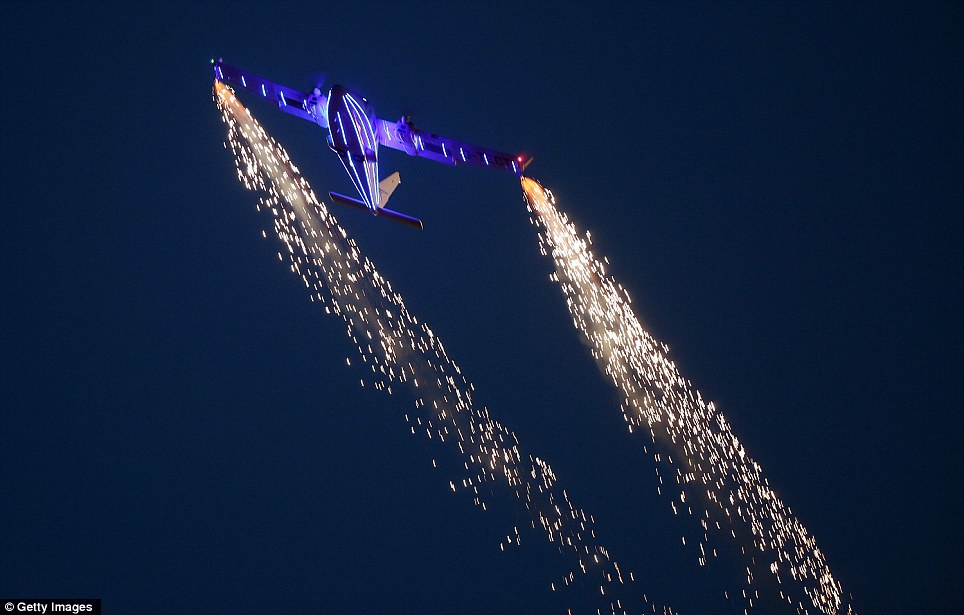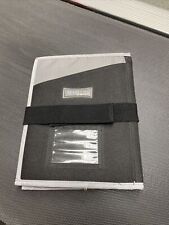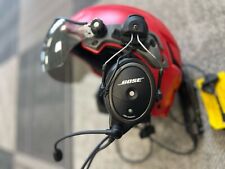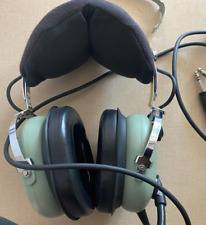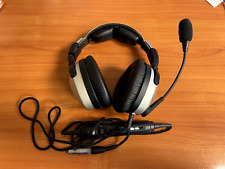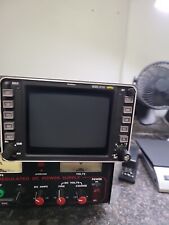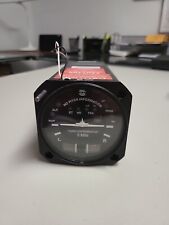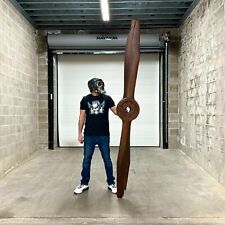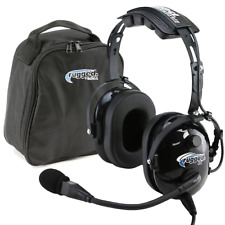The cockpits were pretty much bare, so I had to located and replace instrumentation. The ejection seats were still there, but stripped. The hardest thing I had to deal with is finding the real weapon control boxes. Only a few exist and are expensive when you do find them. I have found them on Ebay or from the German Air Force that until recently were still flying them. They retired them after twenty five years last October.
 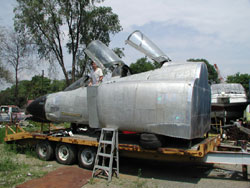  |
   |
I also had to complete a trailer that the aircraft would sit on. There I had a bit of a set back because when I set the aircraft down on the trailer, the weight bowed the five inch I-beams. Now they were supposed to support over 11,000 pounds, but things happen. So I had to weld plates to box in the I-beams. Also setting up the trailer so the cockpit rides with the right tongue weight and is safely secured without taking anything away from the looks was a bit of work. Then I had to design and build entry steps for the public to use while viewing the aircraft.
 |
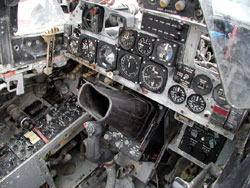 |
 |
 |
20mm:. Wow, so much work. You’ve mentioned a lot of the setbacks and difficulties you had along the way. Anything else that stands out on such a complicated project as this?
Ben G: Probably just that when you are designing something from scratch, something that is unusual, something where there are no reference books available as a guide, you have to expect there will be setbacks: Things that didn’t work, didn’t work like you thought they would, and just out-of-the-blue surprises. That’s the nature of the work and you have to take it more of a thought process and don’t rush it.



